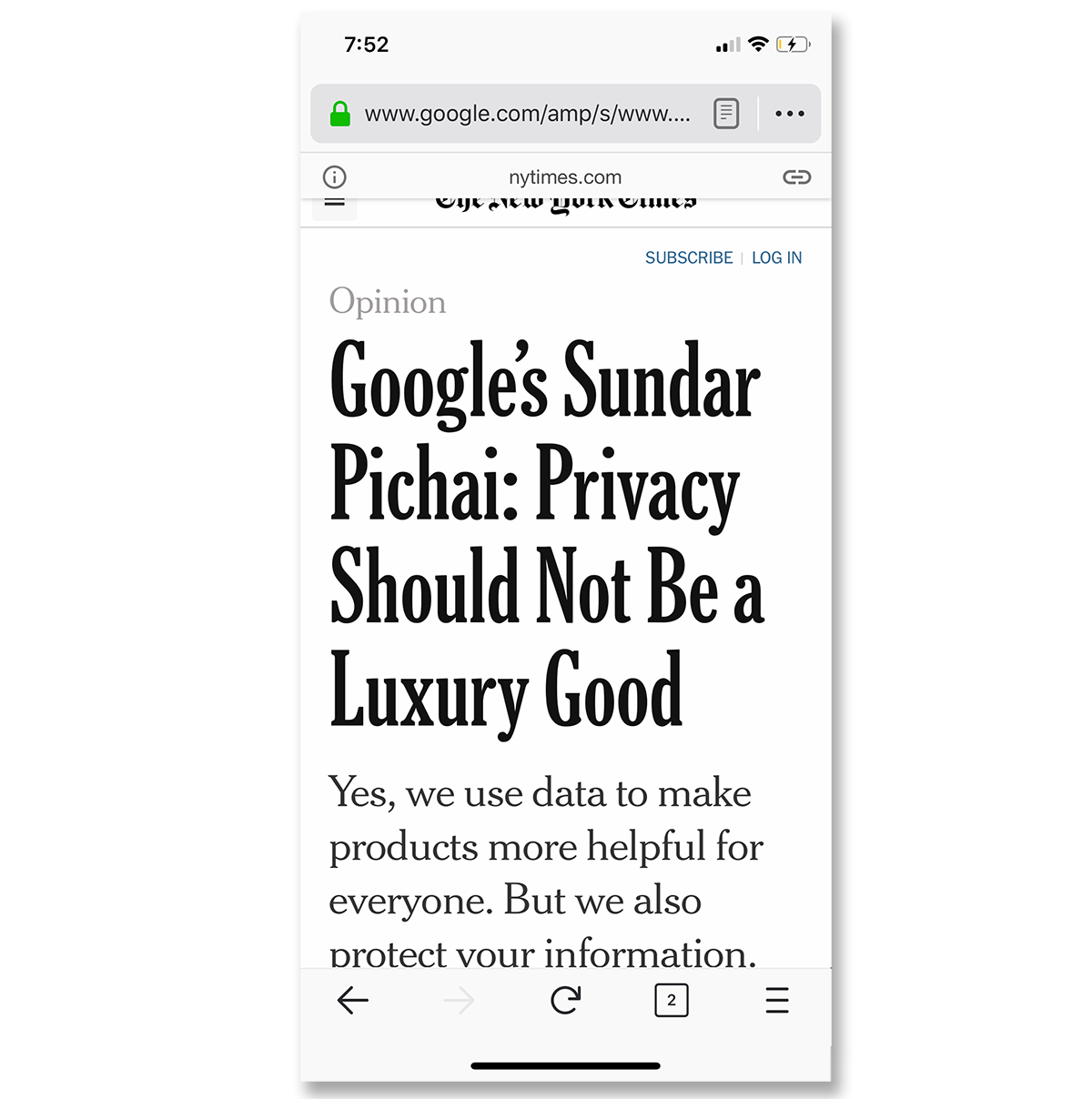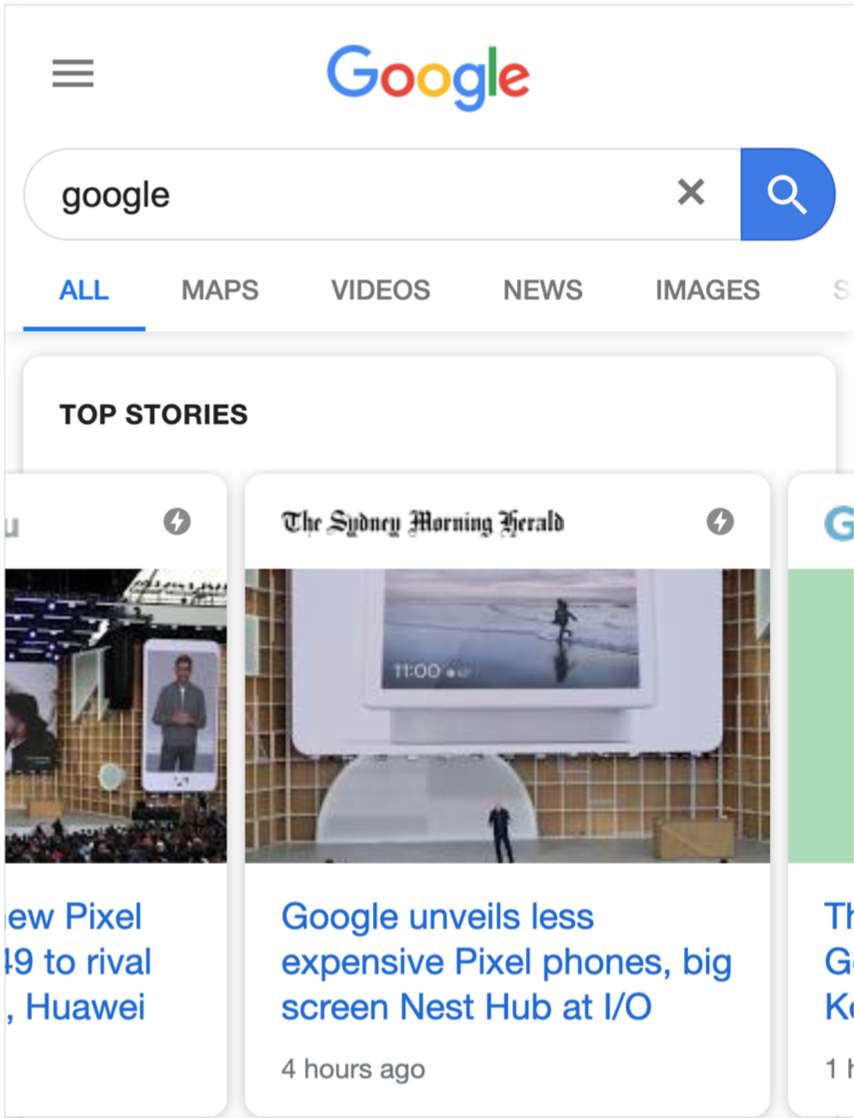Filter by topic and date
Shifting Power on the Internet: The Role of Web Packaging
- Mark Nottingham IAB Member
9 May 2019
Web Packaging is being considered for standardization. Would doing so create better Internet experiences? Consolidate more power into the hands of a few Internet giants? Make online content accessible to new audiences and monetizable in new ways? All or none of the above?
Most anyone who has spent time online has had the frustrating experience of visiting a web site that makes it difficult to access the content they’re interested in, thanks to overplacement of advertising. What many Internet users may not realize is advertising platforms are also using a galaxy of techniques to track and monitor them; it’s now common to see a single page interact with more than fifty different tracking mechanisms; sometimes, many more. As a side effect, this makes these sites slower to load and makes them consume more bandwidth.
New Offerings
In this context, several projects (e.g., Facebook’s Instant Articles, Baidu’s MIP, Apple’s News Format, and Google’s AMP) have been started to create new formats for news and information on the Web. Broadly, the stated goals of these projects are to improve the user experience of consuming content online while providing opportunities for publishers to monetize that content.
Each can be seen as a collection of constraints on how content is created, with a primary goal of assuring what its authors consider good user experience—which among other things means very fast page loads. They’re often realized as a set of templates and code libraries that a site can use to create content that will conform to those constraints. Since ads are a major part of today’s Web pages, most of them make recommendations about how ads should and shouldn’t be used. In their proponents’ views, a site that wants to improve its users’ experience can adopt one of these conventions as an easy way to achieve that goal.
Enter Web Packaging
To date, these proposals have been subsets or profiles of existing standards like HTML, so the standards community has had little to say about their development. There is now a “Web Packaging” proposal on the table at the Internet Engineering Task Force (IETF) that would provide a standardized way of offering this same functionality. Proposing to standardise Web Packaging provides an opportunity for everyone involved in online publishing, advertising, and web development to evaluate the potential benefits and risks of this approach.
Web Packaging helps to address one of the common complaints about these projects: that a publisher’s content won’t look like it’s coming from the site that the user clicked in the browser. Instead, it will still have a URL in the location bar from the “hosting” site (usually one related to the aggregator). This is done to improve performance by pre-loading content into the browser, so that when the user clicks a link, it’s instantly available. To avoid leaking information about what pages people are looking at, the content is served by an intermediary.
For example, if you search on Google (using your mobile phone) for a news article and click on an AMP result from the New York Times, the browser will show the resulting page as coming from a domain associated with AMP, not nytimes.com. This is confusing for users, and causes issues in the Web architecture.

Web Packaging would allow content that’s been signed by the originating site to be presented by browsers as if it were actually fetched from that site, even though it actually is served from somewhere else, thereby addressing these concerns.
A Shift in Power?
At the same time, Web Packaging can be seen as empowering whomever controls the hyperlink; they can now not only choose whom they link to, but they can also verify that the content of what they’re linking to conforms to their requirements ahead of time. Since most links on the Internet are driven from relatively few places (e.g., search engines and social networks), this is viewed by some as further consolidating power in their hands, although at least some of the benefits of Web Packaging won’t be limited to just the “big” sites.
Some of these consolidating effects may appear whether Web Packaging is standardised or not. The individual companies offering these new formats all have the ability to try to drive more content onto their own platforms and they can tie their existing leverage in the web ecosystem into these new offerings. For example, Google prioritizes AMP content (currently denoted by a “lightning bolt” icon) in the “carousel”—a visual display at the top of the results in their search engine.

Because the carousel gives a search result such prominent exposure, it’s more likely to be seen and clicked by users. This gives publishers a strong incentive to adopt AMP, even if their site is already performant, user-friendly, and doesn’t have too many ads.
Standardizing Web Packaging may intensify these effects, or it may provide an open, interoperable basis to allow publishers to reap the benefits of these new formats across a larger variety of platforms. Or perhaps it will do both.
Come to the Workshop
This presents us with an interesting problem, as a community. The establishment of an aggregator/aggregated relationship is not unusual on the Internet; there is always an amount of tension between them. However, it’s easy to see proposals like Web Packaging as effectively handing more control to large companies that are already under scrutiny for how much power they have on the Internet, and how they use it. Standardising Web Packaging could be seen to legitimise that shift in power.
While the community at the IETF represents a variety of technical views, the publishing and advertising industry is not so well-represented. In contemplating the potential effects of standardising Web Packaging on these industries and on the Internet, it’s important to ensure that all of the affected communities are involved.
To that end, the Internet Architecture Board is holding the ESCAPE Workshop, to gather the stakeholders in this discussion—including the proponents of these packaging formats, aggregators of content, the media and advertising industries, and other interested parties to hear their thoughts about their experiences, discuss the potential effects of these proposals, understand the underlying requirements that are driving them, and explore other possible solutions.
If this includes you, or you are interested in discussing the trade-offs involved, please submit a position paper by 3 June 2019.